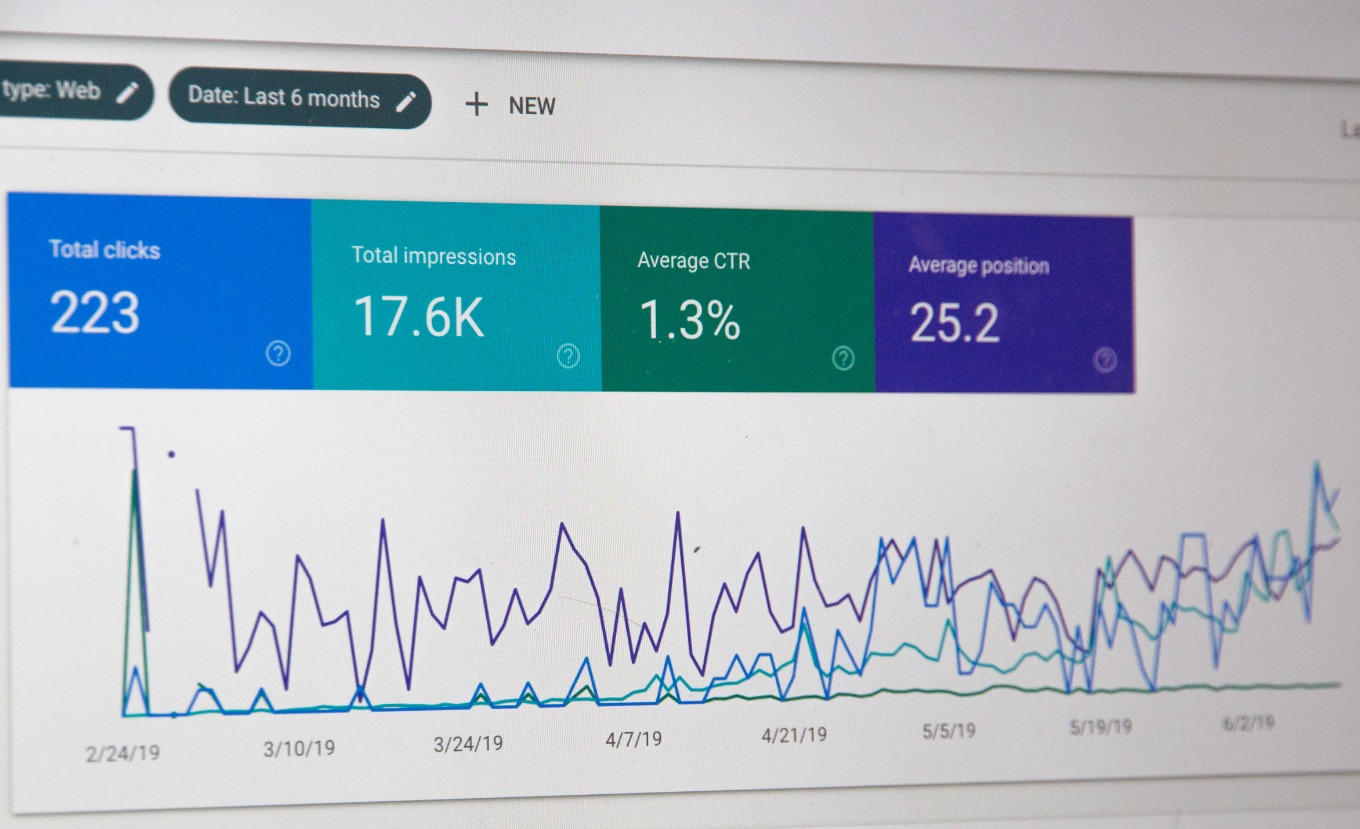Accounts Payable Automation Software Industry Report: Unveiling Key Findings and Insights
In the current era of digital evolution, industries are finding themselves inexorably drawn towards embracing automation. One key area that has seen significant transformation is Accounts Payable (AP). The advent of Accounts Payable Automation Software (APAS) represents a revolutionary shift in how organizations approach this consequential aspect of their operations. This blog post delves into the intricacies of APAS, shedding light on key findings and insights from the nascent industry.
Broadly defined, APAS is an advanced software solution that automates the process of managing and paying an organization’s bills and invoices. By introducing automation into the AP process, companies can eliminate manual data entry, reduce human error, and expedite invoice processing, thus significantly enhancing operational efficiency.
The APAS industry has witnessed a rapid trajectory of growth, driven largely by the increasing demand for streamlined financial operations and the push towards digital transformation. By harmonizing technology with accounts payable processes, APAS is reshaping the financial landscape for a multitude of organizations.
One of the key revelations from the APAS industry report is the software’s transformative effect on the operational efficiency of organizations. By leveraging features such as Electronic Invoice Receipt, Dynamic Discounting, and Straight-through Processing, organizations can potentially reduce invoice processing times by up to 80%. This is particularly crucial given the salience of the economic principle known as 'Opportunity Cost', which posits that the cost of an action is equal to the value of the best alternative forgone. The time and resources previously spent on manual AP processes can now be redirected towards more strategic initiatives.
Another crucial finding revolves around the software's impact on risk management. Through the implementation of APAS, organizations can maintain a digital trail of all transactions, which aids in audit compliance and fraud prevention. This is congruent with the concept of 'Regulatory Technology' (RegTech), a subset of FinTech that uses information technology to enhance regulatory processes.
The geographical distribution of APAS adoption also presents some fascinating insights. North America, with its robust financial sector and propensity for early technology adoption, currently leads the charge. However, there is a growing trend of APAS adoption in the Asia-Pacific region, driven by its booming business sector and increasing emphasis on digital transformation. This bears semblance to the diffusion theory proposed by Everett Rogers, which postulates that technological innovations are adopted in an S-curve pattern, starting with a small group of early adopters before spreading to the majority.
While the benefits of APAS are manifold, they do not come without certain trade-offs. The initial cost of implementing APAS can be significant, and there is a learning curve associated with its adoption. Additionally, with the increased reliance on digital processes comes the risk of cybersecurity threats. As such, organizations need to establish robust security protocols to protect their financial data.
The APAS industry’s trajectory is influenced by several determinants, including technological advancements, regulatory guidelines, and market demand. Given the current trends, there is a growing consensus among industry professionals that the future of AP is digital. The ongoing evolution of machine learning and artificial intelligence technologies is expected to further enhance the capabilities of APAS, enabling even more complex tasks to be automated.
Summarily, the APAS industry represents a powerful convergence of finance and technology, disrupting traditional methods and ushering in a new era of efficiency and accuracy. By integrating APAS, organizations stand to reap significant benefits, from streamlined operations and reduced costs to improved compliance and enhanced decision-making.
As we navigate this uncharted territory, it will be compelling to witness how APAS continues to shape the financial landscape. However, the key takeaway from the industry report is clear: APAS is not just a fleeting trend, but a fundamental shift in how organizations manage their payable accounts. The question is not whether to adopt APAS, but how to harness its potential to maximize operational efficiency and strategic value.
The advent of Accounts Payable Automation Software (APAS) represents a revolutionary shift in how organizations approach this consequential aspect of their operations.






